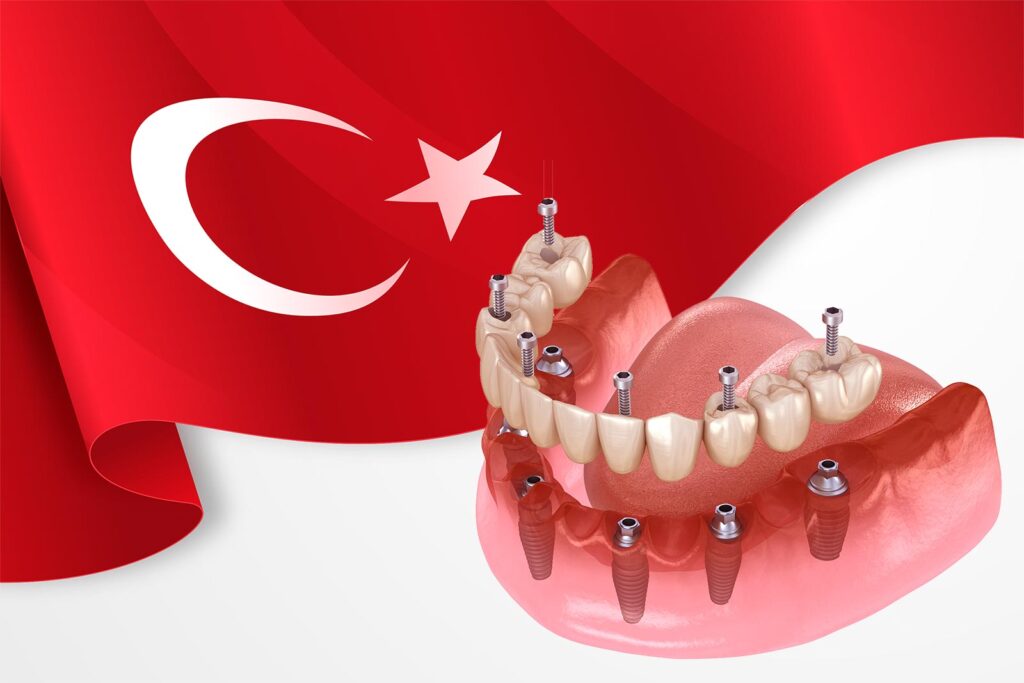
Refractive errors such as hyperopia, myopia, astigmatism, astigmatism and presbyopia, which cause eye focusing problems, can be treated with Transepithelial PRK, also known as No Touch Laser application method without incision and without contact with the eye.
Long-term use of glasses or lenses may become unbearable for some people for various reasons. Seeing near and far clearly without using glasses or lenses can be realized in most patients with recractive surgery techniques.
Since 1983, developments in corneal recractive surgery techniques have led to different techniques such as Excimer Laser, LASIK, PRK (photorefractive keratectomy), SMILE and Transepithelial PRK (T-PRK). The most appropriate treatment method for the patient’s condition is determined during the examination by a specialist.
The No Touch Laser method is mostly preferred for patients with low corneal thickness. The treatment method, which was first applied in Germany, is applied by specialist physicians in authorized health institutions in Turkey as in most countries in the world.
The treatment is not suitable if the corneal thickness is below the reference value, if there is pregnancy or breastfeeding, if there are advanced eye diseases such as glaucoma, dry eyes, eyelid problems, inflammation or infections that may have an effect on the eye, systemic diseases such as diabetes, and if the patient is under the age of 18.
In the traditional PRK method, the corneal epithelial tissue is loosened by instilling alcohol and then mechanically removed with a rotating device. With this method, pain, stinging and prolonged healing time are frequently encountered after the surgical procedure. No Touch Laser has emerged as a solution to these problems.
After determining the patient’s suitability for treatment, anesthetic drops are instilled into both eyes. The patient looks at the laser light for a short period of 40-50 seconds. Both eyes are treated at the same time. With the No Touch Laser method, the epithelial tissue is vaporized with the sensitive Excimer Laser without contact. Excimer Laser treatment suitable for the defect in the eye is applied to the stroma tissue under the epithelial tissue.
Then a contact lens is placed on the cornea to protect the eye until the epithelial tissue heals. The No Touch Laser method causes less pain and stinging than the traditional PRK method. There is no need to close the eye after the treatment. The patient is given UV protective glasses and advised to rest until the epithelial tissue repair is complete.
To accelerate epithelial tissue repair, artificial tears, cortisol-containing drops, antibiotic drops may be recommended according to the patient’s condition. Epithelial tissue repair is completed within 2-3 days and the contact lens is removed.
The complete healing process may take up to one month. After the treatment, it is important not to stay in daylight for a long time, not to contact the eye with water for a week, not to use vehicles and computers.





